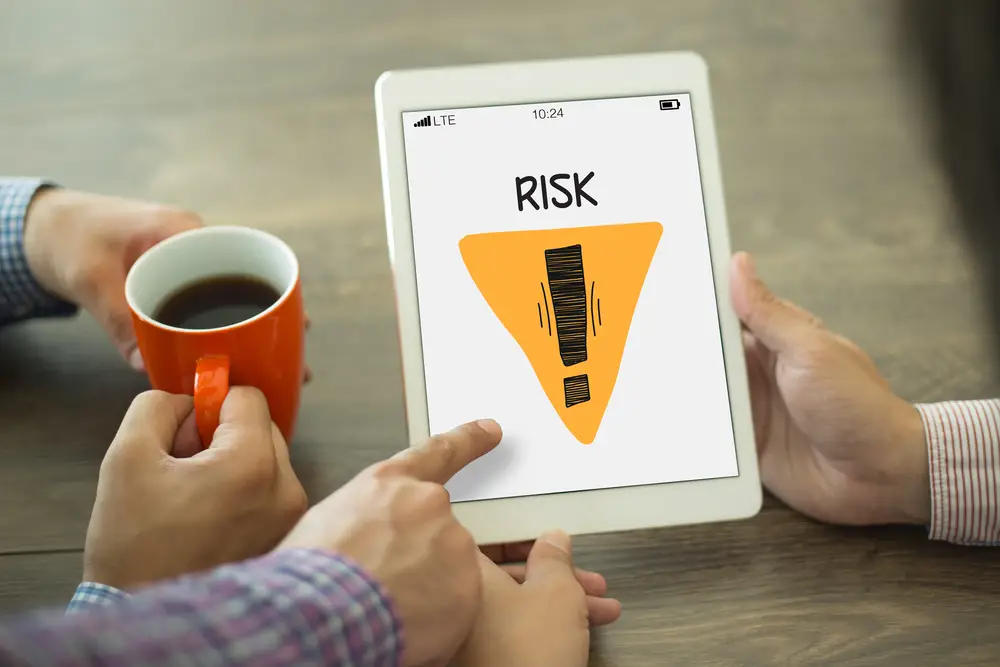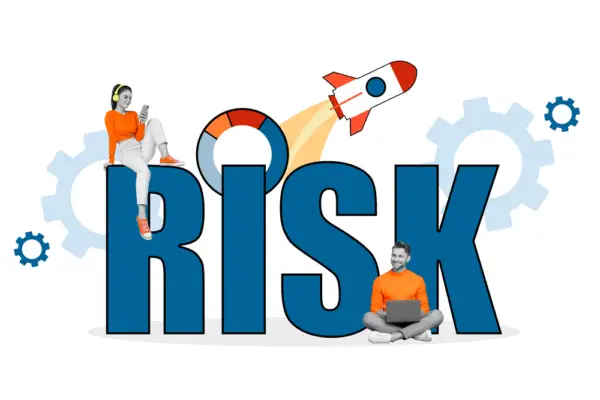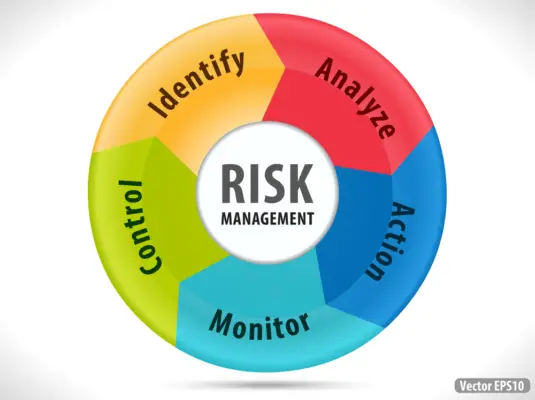Risk and Control Self-Assessment (RCSA) is a proactive risk management process used by organizations to identify, assess, and mitigate risks associated with their operations, processes, and systems. RCSA involves the evaluation of existing controls, identification of potential vulnerabilities, and the implementation of action plans to address identified risks.
Through engaging personnel across various levels of the organization, RCSA fosters a risk-aware culture and empowers employees to take ownership of risk management in their respective areas.
This comprehensive guide will provide insights into the purpose, methodology, and benefits of RCSA, as well as best practices for implementing an effective RCSA program within your organization.
Unravel the essentials of Risk and Control Self-Assessment (RCSA) in this informative guide, as we delve into the proactive risk management process that empowers organizations to identify, assess, and mitigate risks in their operations, processes, and systems.
Explore the significance of RCSA in fostering a risk-aware culture, while engaging employees at various levels to take ownership of risk management. Understand the purpose, methodology, and benefits of RCSA, along with the best practices for implementing a successful RCSA program within your organization to enhance resilience and drive growth.
RCSA helps management and staff identify the risks inherent risk out of their operations. The system adds value by providing a greater part of the operation to design and maintain management and risk systems by identifying potential risks and exposure and determining remediation steps.
It aims to provide an integrated way to manage risks to staff and business units to meet these goals.
What is Risk Control Self Assessment? And what are the benefits?
The benefits of RCSA include:
Improved risk management:
RCSA helps organizations identify and manage risks more effectively. This can help them to avoid potential threats and make informed decisions that minimize their overall risk exposure.
Greater transparency:
RCSA promotes greater transparency and accountability in risk management. This ensures that all stakeholders are aware of the risks that the organization is exposed to, and the measures being taken to manage them.
Alignment of risk culture:
RCSA can help align an organization’s risk culture. This process involves bringing together different business units, departments, and key stakeholders to work toward a common understanding of risk management practices and priorities.
Compliance:
RCSA supports regulatory compliance by helping organizations identify and manage the risks that may affect their ability to comply with regulatory requirements.
Continuous improvement:
RCSA is an ongoing process that promotes continuous improvement in risk management practices. This ensures that an organization’s risk management framework remains up-to-date, relevant, and effective.
RCSA’s operational risk assessments provide tools for the assessment of operational risks and measure the effectiveness of organizational control mechanisms to mitigate such operational risks arising. This is an effective way to enhance control effectiveness and increase profitability. Part of the operational risk management framework for organizational risks.
RCSAs are no separate activity and should be integrated within an operations risk management system of the same business unit. RCSA can play key functions in assessing operational risks, identifying and mitigating control weaknesses, and enhancing operational culture.
Understanding the RCSA process
RCSA(risk control self-assessments) should assess operational risk and group it into controllable areas. These can often happen in the form of workshops, which can be facilitated in part by a relevant expert. Other companies can use surveys or questionnaires to find relevant data. A third-party auditor can take part.
Step 1 – Document Control Environment
All RCSA projects begin with identifying and assessing risks, and control measures in relation to risk mitigation. Financial institutions usually use the manual method of organizing these documents. Risk managers prepare an Excel document for regulatory requirements assessment.
It also includes regulatory Risks and controls and Risk Ratings (ranging from 1 – 5 for instance). Risk managers send standardized versions quarterly operational risk report to managers for their business lines of operation.
Step 2 – Identification of risks
Once processes and deliverables are documented, the next step will be identified as a potential problem related to department activities and processes. The senior management and team usually recognize operational risk in a specific department using their own personnel. They examine audits and feedback to assess the positive potential of each action.
Identify risk and assess risks identified against key business objectives
Identify the underlying business lines and identify operational risks resulting from their activities. Find out what risks can be identified using internal audit reports, actual losses, or regulatory review. When you know of potential risks, you can evaluate them by degree: high, medium, and low.
Step 3 – Risk Evaluation
Once the risk is identified then we should assess it. Evaluation should take priority over risk reports. It is important to address the risks before other risks arise. Upon assessment of risk, the manager selects the appropriate department typically evaluates inherent risk in terms of severity.
Step 4 – Control Identification and Evaluation
Controlling these effects must be identified and evaluated. It is simpler to identify the potential dangers as the management of residual risks is set out, thus the need to identify them is eliminated.
Step 5 – Corrective Actions
The report is created to help companies identify the vulnerabilities within their control systems. All findings are considered to be relevant and require a corrective action plan. The plan will be created by considering and prioritizing risk and will implement control processes across organizations. The plan will address the residual risk of various business processes.
Monitor results
Managers can monitor weaknesses for corrections and fix those weaknesses until they are rectified. Business-line documentation records all failures to meet a previously agreed target date. Operations and operational risk manager and managers must periodically monitor the RCAS, including the results of test and correction action monitoring. Observation is needed to improve the situation.
Impact of automation
The same effect is found when automation is applied to identifying a risk; the risk assessment is analyzed. The use of collaborative documents is a feature of RCSA solutions, and this guarantees a logical evaluation of control procedures. It ensures that shared controls can be grouped together with a number of associated controls with different names and controls.
Automation can significantly impact RCSA in several ways:
Efficiencies in data collection: Automation can help to expedite data collection, reducing the time and resources required to complete the RCSA process.
Improved accuracy and consistency: Automation can help to ensure a more consistent and accurate assessment of risks, by standardizing the risk assessment processes across the organization.
Enhanced risk identification: Automation-supported risk assessments – enabled by data analytics, artificial intelligence, machine learning, etc. – can help to identify risks that may have gone unnoticed in traditional RCSA processes.
Enhanced reporting: Automation can improve the quality and functionality of risk reporting and incisive MI dashboards. RCSA automation supports the storage of previous assessments, facilitating real-time insights into changes or movements of risk, and ensuring cumulative assessments are captured accurately over a period of time.
Greater agility and responsiveness: Automating the RCSA process can help organizations to quickly and easily adapt their risk management strategies, as the automation supports continuous monitoring of the risk environment, thereby enabling the organization to respond to potential risks more decisively.
Overall, automation can lead to significant improvements in the RCSA process, enabling organizations to identify, assess strategic level risks and respond with greater agility and speed effectively.

Conclusion
Risk and Control Self-Assessment (RCSA) serves as a vital component in the overall risk management strategy of any organization. By fostering a risk-aware culture and engaging employees at various levels in risk self assessment themselves, RCSA promotes a proactive approach to identifying, assessing, and mitigating risks.
Implementing an effective RCSA program not only enhances the organization’s resilience against potential threats but also contributes to informed decision-making and sustainable growth.
Risk Control Self-Assessment minimizes risks that may otherwise lead to major financial losses or worse. Therefore, companies looking for more effective tools to defray risk should consider utilizing this form of corporate surveillance technology as a viable option.
Ultimately, using RCSA regularly will not only help organizations protect their assets but also give them peace of mind knowing that they’re doing everything in their power to remain secure.
As we’ve explored throughout this blog post, understanding the principles and best practices of RCSA is essential for organizations to navigate the dynamic and increasingly complex business landscape, successfully safeguarding their operations and ensuring long-term success.

Chris Ekai is a Risk Management expert with over 10 years of experience in the field. He has a Master’s(MSc) degree in Risk Management from University of Portsmouth and is a CPA and Finance professional. He currently works as a Content Manager at Risk Publishing, writing about Enterprise Risk Management, Business Continuity Management and Project Management.



